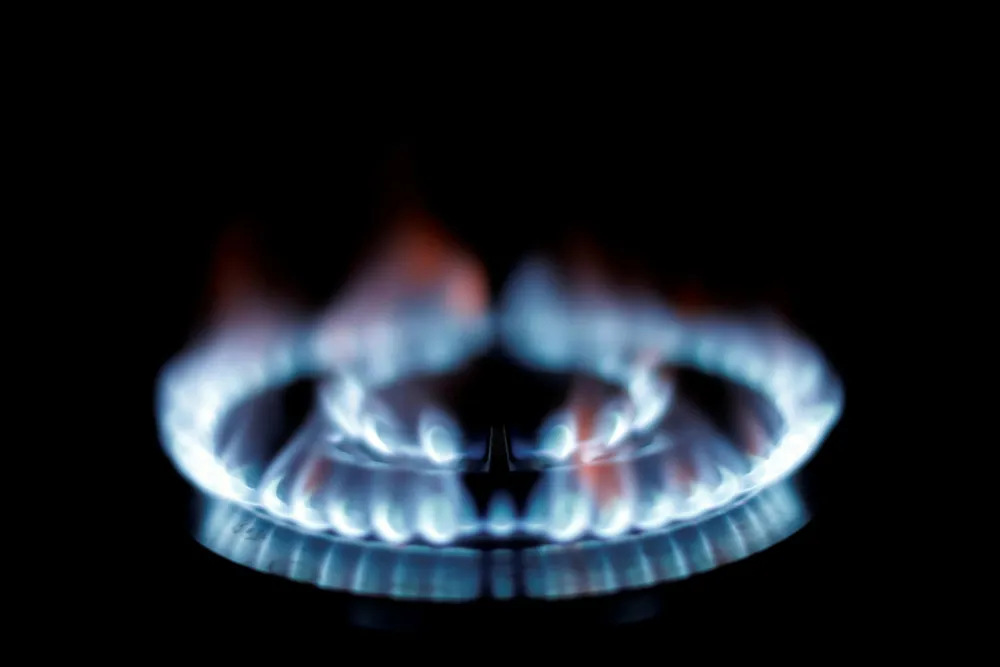Gas could act as 'second pillar of decarbonisation' alongside renewables: report
Gas can help bring down emissions in the near term while infrastructure can be repurposed for low-carbon fuels in the future

Gas can help bring down emissions in the near term while infrastructure can be repurposed for low-carbon fuels in the future
